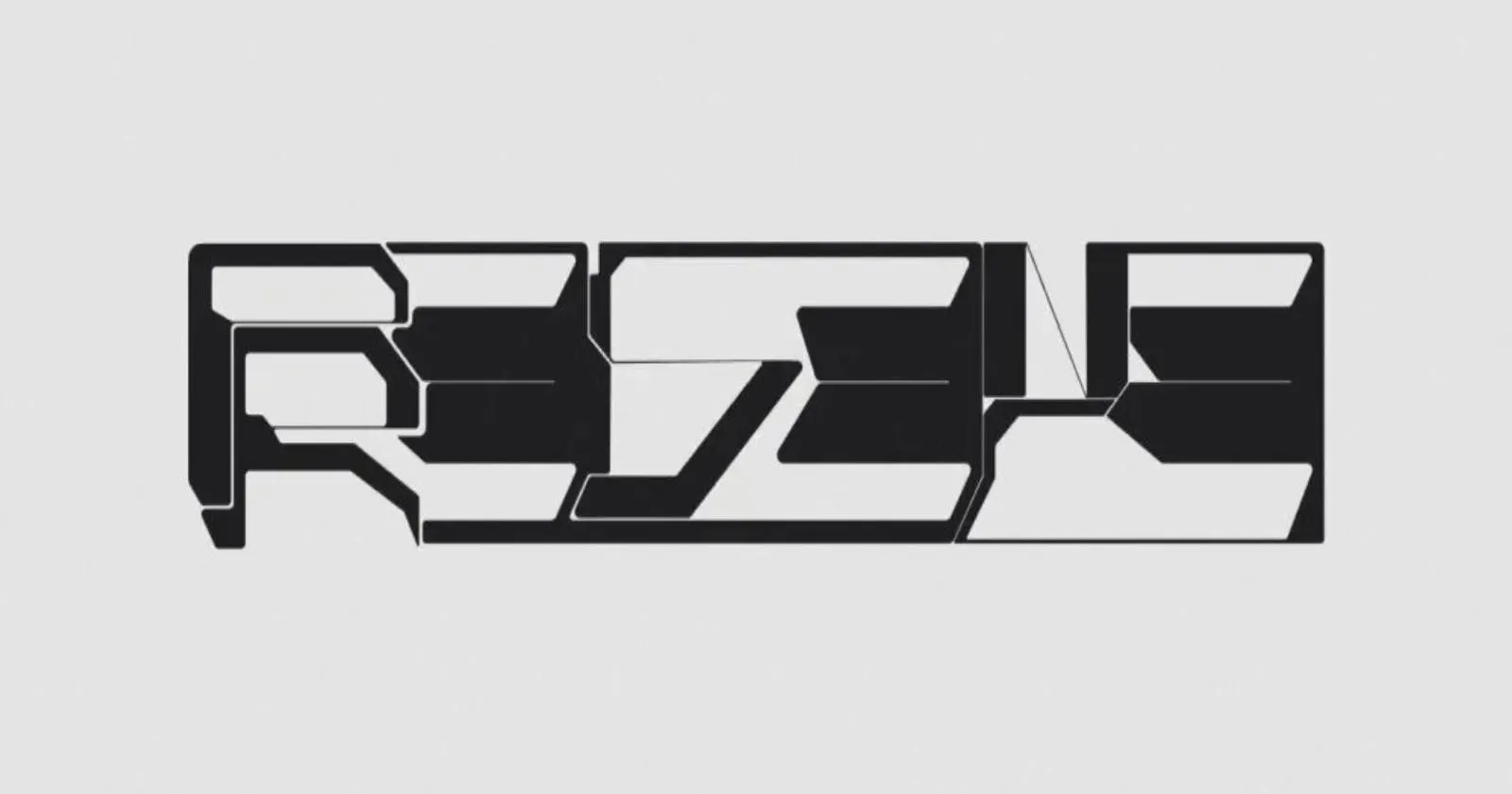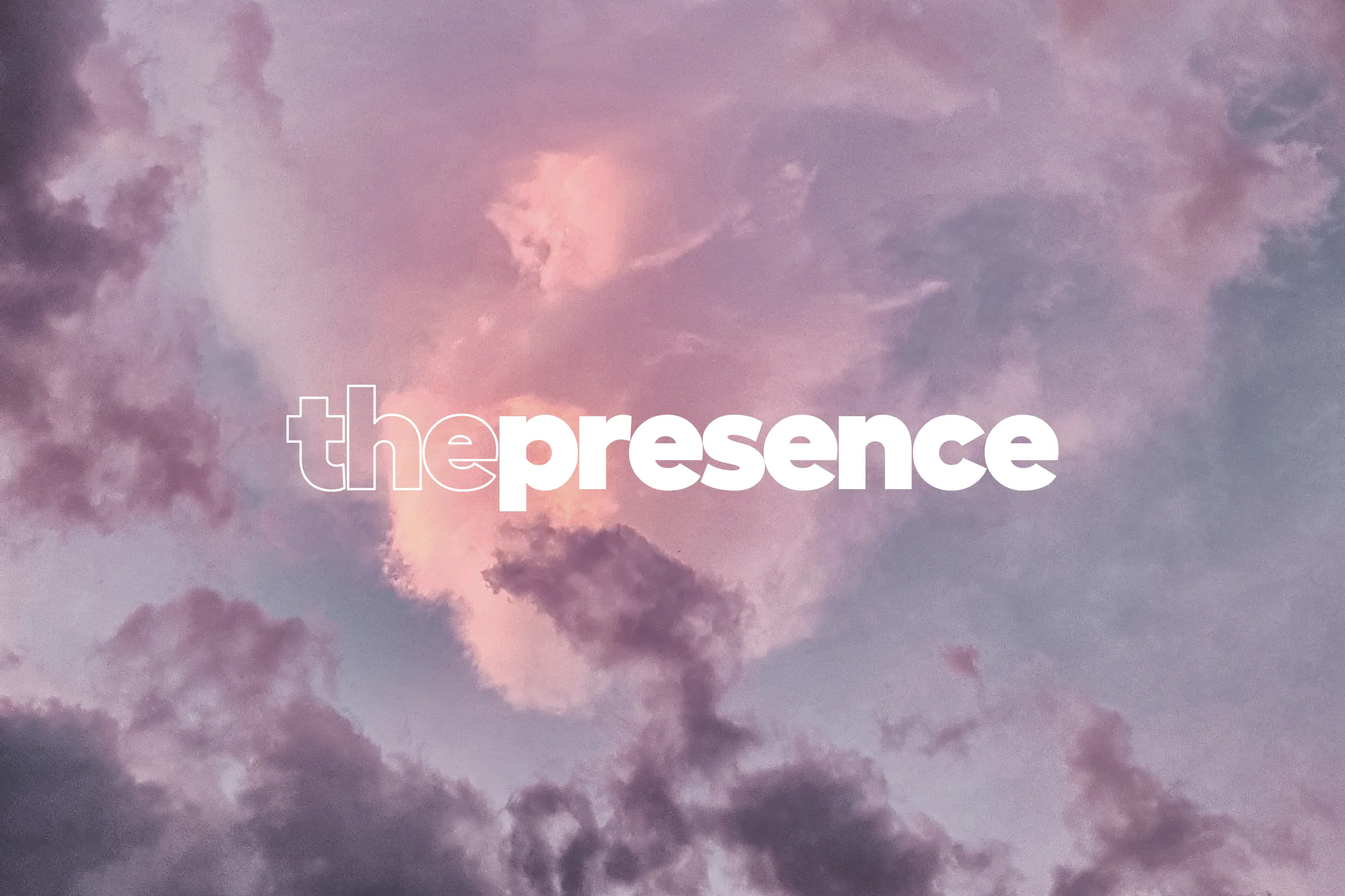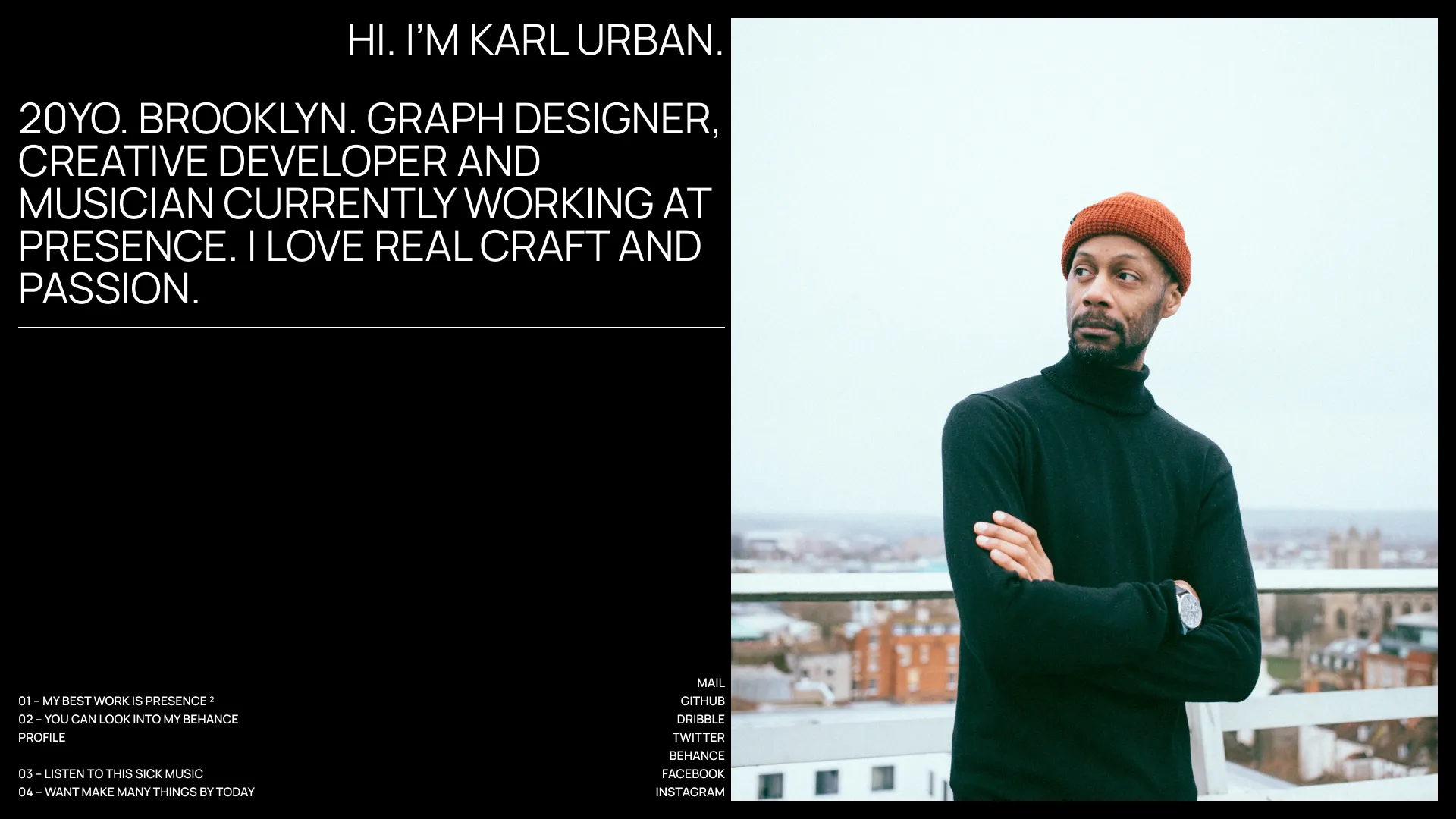
How depression killed my dream project
Here’s a story about how depression killed my magnum opus dream project.
It all started back in 2018. I saw the Launchpad app and wanted to create a product that allows you to build an Awwwards-level website just as effortlessly as you can make music with Launchpad.
Long story short, I failed. My depression lead to lack of mental resources to build such app. Here’s my story.
- TL;DR
- I processed the idea of Launchpad in my head and projected it onto a website generator. I realized that it would be great for such app to exist and that I want to build it
- First manic episodes
- YCombinator pitch and failure
- Reading The Lean Startup
- Researching PR strategies
- Project renaming and adjustments
- Graphic design courses completion
- Depression started
- Adjustments again
- Animations research
- Coding, surprisingly good
- Trying to design graphics myself and failure to do so
- Hiring a graphic designer
- Full-blown depression, Thepresence is dead
It all started with this pitch I wrote about Project Orca, named after a majestic apex predator:
- The original pitch Orca allows you to create a website for any purpose and instantly broadcast your content. Instead of letting you float around the web all by yourself, Orca gives you Orca Hub and all your content appears there as you post so you gain visitors. Initially, there’s a landing page rendered in chosen design language. It can be changed anytime smoothly – nothing will break. The landing page consists of interchangeable blocks. Every block can be extendable, showing up more content when extended. This landing page can be extended with plugins. Each plugin has its own blocks so you can put them wherever you want. Your content will appear on Orca Hub as an opt-out feature. Users would be able to find you really easy so get ready to become popular.
Blocks
Blocks are minimal pieces of your website, the building bricks. You can’t have anything less than one block. Any plugin have frontend that consists of at least one block. A block can be either extendable or not. Extendable block has the entire page dedicated to it, while the block itself acts like a link to that page and kind of its preview. You can’t create your own blocks, but you can choose from many of them we created for you. The website built from blocks is fully responsive.Plugins
- Blog: for dynamic content such as articles and photos
- Shop: for e-commerce
- Forms: for collecting feedback
- Chat: for realtime communication with users
Blog
This allows you to publish posts. You can post rich text articles and media content such as photos, videos and even music. You can embed or upload media. At frontend, there’s an extendable block of your content. Users will be able to sort and filter it as they wish. At backend it looks like posting content on social network. Automatic posting from Orca to other social networks is also supported.Shop
This allows you to sell goods online. At frontend, there’s an extendable block of your goods and their categories.Forms
This allows you to add feedback forms to your website. At frontend, there’s a block with the feedback form. Design your own forms, you can have as many of them as you’d like. At backend, it will render submissions as a kanban board where you can put everything in order. You can create multiple lists of submissions, for example a list per category or a list per employee. Sort submissions accordingly by hand or create rules for them to be sorted automatically.Chat
This allows you to communicate with your users in realtime. At frontend, there’s a chat window. At backend, it looks just like a messenger.Orca Hub
As you post on your website, your content appears on Orca Hub as well. There are different content categories where your content would appear:- Market — when you post goods via Shop plugin
- (medium) — when you post an article and your website is a professional blog
- (social) — when you post your regular content
- (photo) — when you post a picture and your website is a photographer portfolio Users are able to search and filter your content as they want. You can opt-out from Thepresence Hub whenever you want.
Analytics
By default all users have dashboard with analytics data such as:- Unique visitors
- Page views
- Activity graph by given period
- Visitors geography Plugins may have their own analytics. For example if you install the Shop plugin, you’ll have access to conversion data, purchase statistics and other related data. You can also plug-in Google Analytics.
Roots and inspiration
- The original Feedback project – it basically was a Disqus-like feedback forms for landing pages
- Kardinal framework as an attempt to create a simple solution to the “effortless beauty” problem
- Novation Launchpad, Slides framework by Designmodo – the examples of fail-proof design
- Tilda – a pet-project grown up to being the solid product
- Snipcart – an e-commerce plugin for landing pages
I saw that YCombinator was open for projects and I recorded the pitch video. Needless to say it wasn’t accepted. Manic episodes already started at that time but I wasn’t aware of what they really are and what they’ll lead to.
But I didn’t need the money they give, I could build such an easy project myself because later I decided to cut the original full-blown dynamic functionality to just the static landing pages generator with a hosting.
I read The Lean Startup and summarized it for myself:
- The Lean Startup Summary
Principles
- There should be the small iterations of constant learning
- User feedback and real results should be tested by consistent scientific methods
- If the current product as it is do not work, it should be rebuilt
- Every person in the team is important, there should be no hard division of abilities and responsibilities
Methods
Leaps
- The growth leap – one product function becomes a new product
- The reduction leap – the product becomes an one function of the new product
- The customer segment leap – the product is successful but the customer segment is off
- The customer demands leap – the product should solve different problems
- The platform leap – the product become one of the brand new product line or vice versa
- The business architecture leap – revenue / volume ratio adjustments
- The monetisation strategy leap
- The growth strategy leap – the choice of three:
- Virus-like – each customer should advertise to more than one another people
- Adhesive – satisfying the existing clients and contributing to the fanbase
- Prepaid – advertising
- The market channel leap – new internet platform, new ways to advertise and sell
- The technology leap – reimplementing the same thing more efficiently
I was working with Alexander Isora to grasp some of his experience to create a PR strategy. Here’s what I come up with after:
- PR Strategy
- Product Hunt
- Ask someone to hunt you
- https://www.producthunt.com/@erictwillis
- https://www.producthunt.com/@bentossell
- https://twitter.com/chrismessina
- Track down the ones who hunted your alternatives to pitch your product to them
- Tuesday and Wednesday – big traffic, big competition. Other days are the opposite.
- You’ll need a blog post
- Don’t ask for upvotes
- Make an intro comment
- Try using emojis
- Research the domain area and mark alternatives of your product
- Make a badge and attach it wherever you can
- Ask someone to hunt you
- Directories: http://stackofstack.com/
- YCombinator
- Indie Hackers
- BetaList
- BetaPage
- https://t.me/solofounders
- https://t.me/The24hrStartup
- https://github.com/mmccaff/PlacesToPostYourStartup
- Spectrums
- Product Hunt
Orca was renamed to Thepresence. The design process started with this postcard:

I found a great story on Getautopsy and the particular paragraph of this story really got to me. I pinned it on top of the Notion document where all the work was happening. Here it is:
I got a Wacom drawing device and completed several graphic design courses from Calarts. Here’s some of my work during that period:

Later I decided to cut out the hosting and custom domains functionality, allowing to just create a website and export it as HTML.
I started to research animations. Long story short, here’s a Bezier timing function parameters that I found to be the smoothest and overall the most appealing one:
0.22, 0.61, 0.41, 1.08
I started coding the backend. Here’s a repo. There’s also some React frontend for slides picking and sorting.
Researching Awwwards I understood that appealing graphic design isn’t universal, and for graphic design to be good it probably should be individually created for the content.
At that point I was just building a website generator with a somewhat generic design, just not as “trendy” as the existing ones and more of a modernist, hipster one.
I hired Ruletik – a very talented graphic designer. All of the graphics you see here except for the original postcard and my graphic design course materials are created by him.
Here’s some of the the blocks that he created:







.webp)
.webp)
.webp)
.webp)
.webp)
You can have the experience of launching popular products, you can have a talented team and skills to manage it, you can have the polished idea and strategies that are proven to work. You can have all this at once, but when you have a mental illness like depression, your thought process itself can be impossible.
I was caught in a downward spiral of irrational guilt which you can’t fight by yourself. It’s just there and there are no arguments or reasoning to break it. I can code and I have the experience of building an entire complex product alone for the company and refactoring legacy code that makes no sense, but then I had sleep problems and was just sitting there, trying to implement the simplest authorization and failing. I could build such a thing in like half an hour, but when you’re depressed, it just doesn’t work. You can see the different letters of code on your screen but you can’t read it, you just don’t understand what’s going on in the code you just wrote. Examples on GitHub don’t help either as you are unable to comprehend them.
Receiving every new block from a designer was a nightmare. No matter if it was actually great or not, voices in my head were already shaming me as if my product was already released and failed miserably. I was seeing nightmares about tens of thousands of downvotes on my release page with comments that shamed me. I was seeing that I came to the job interview later and they just laughed at me for my failed product.
The power of will can do nothing with depression. It’s caused by a chemical imbalance inside your brain, so there’s no thought process you can establish to escape such a state. Existing medical treatment strategies weren’t effective enough in my case, so I’m still on my therapy.
As I was unable to complete the product, I decided that it’s better to write a story about it and end it all rather than to continue the fight I couldn’t win. Several of my friends also have depression and are trying to build their products so at least my story could be useful.
As I published the story, I felt relieved. This was a great experience and I have no regrets.
Lessons learned
- If you depressed, your efforts don’t matter.
- Deadlines are psychologically important.
- Magic Bezier parameters are
0.22, 0.61, 0.41, 1.08and0.25, 0.8, 0.25, 1.
I regret nothing.
Thank you!